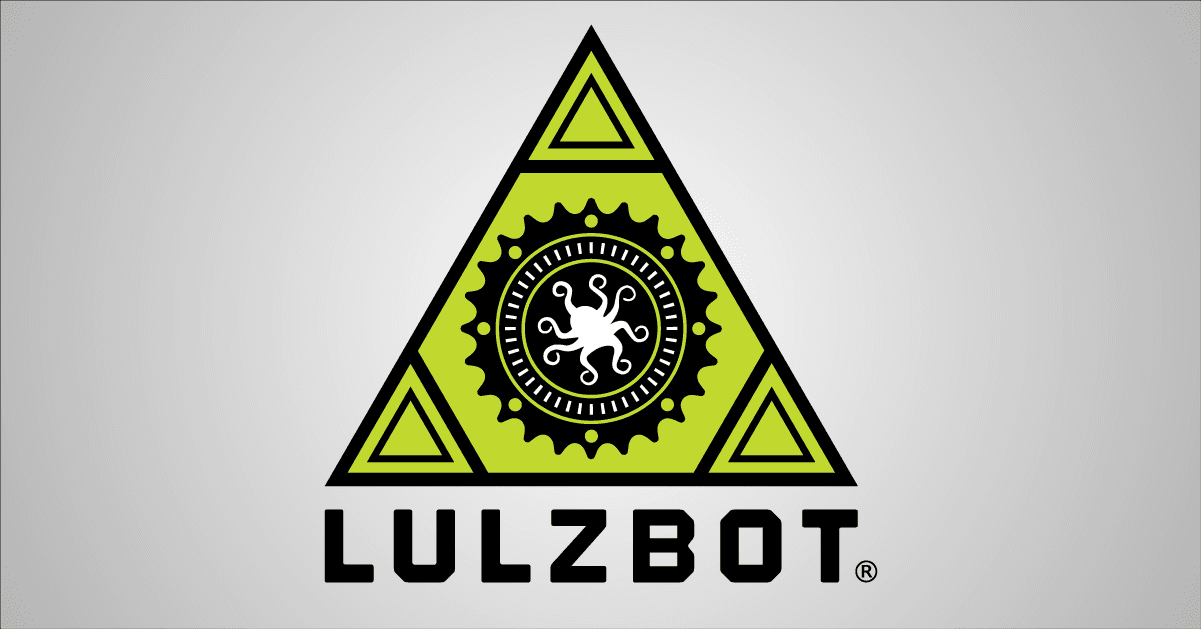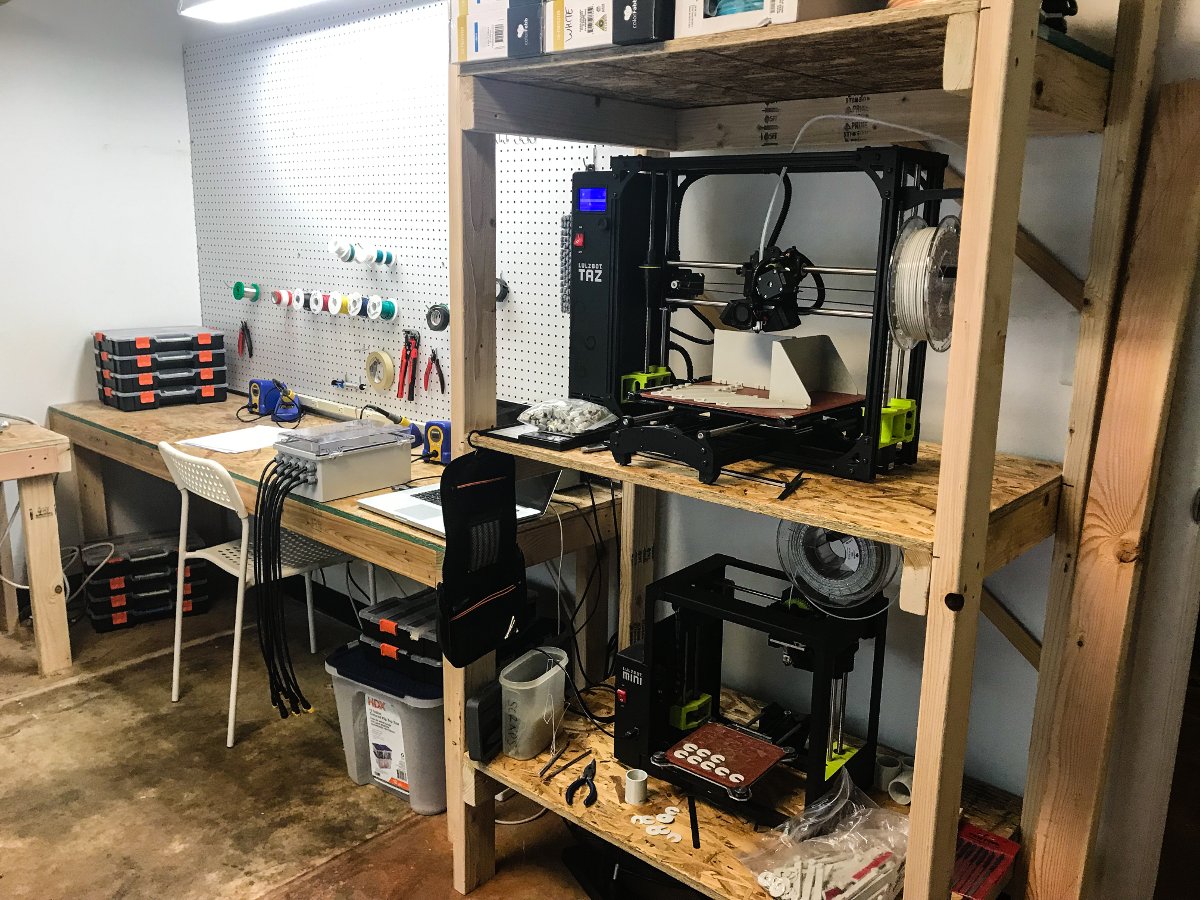
What do you do when you want to create a custom art installation on a massive scale in just two months? Founded in 1999, Viget, a USA-based agency that specializes in bringing digital concepts to reality, utilized rock-solid LulzBot 3D Printers to create Abilene Christian University’s Lightwalk. A visual, collaborative synthesis of art and science as a 3D-printed light sculpture, the Lightwalk installation boasts 350 interactive LED reeds that students and visitors can program with a web application for various desired effects.
“We chose LulzBot because the Mini and TAZ printers can produce production-ready components even while running twenty-four hours a day, seven days a week,” Justin Sinichko, hardware developer at Viget’s Boulder, Colorado, USA office said. “The parts we produce satisfy two needs: quick turn, production ready parts, and low-volume, cost effective parts as an alternative to rapid injection-molding.”
Viget used a LulzBot Mini and a LulzBot TAZ 6 with a FlexyDually tool head to 3D print custom power supply mounts, pcb standoffs, washers, gaskets, and weatherproof enclosures for this 3D printed light sculpture. Underground, below the reeds, data is processed via a network of nodes. Each chain of five nodes receives power and data, and each of the 35 nodes control 10 motion sensor-equipped reeds that respond to passersby, with dynamic, layered effects.
[Learn more about Lightwalk here]
“We're able to design very specific solutions that can be implemented in real-time and alongside a natural product development cycle,” Sinichko said. The particular challenges the Lightwalk project addressed included durability and theft-proofing: the installation needed to be robust enough to survive outdoors while able to stand up against would-be college pranksters.
With a rapidly approaching deadline, the team required reliable, easy-to-use tools for 3D printing in art. “[Lulzbot 3D Printers] are simple and easy to maintain. ... it's easy to find disassembly instructions and quickly implement a fix that keeps everything running without much downtime,” Sinichko said. Free and Open Source Cura Lulzbot Edition software enabled Viget to access a comprehensive range of built-in filament slicing options, profiles, and settings.
Successfully innovating on such an expansive scale of 3D printing in art begins with a community that shares a common vision. Viget continues to illuminate the path to inspire, connect, and create within those communities, supported by rugged LulzBot 3D Printers.
“LulzBot has, as far as I can tell, the largest and most active community. Pair this support network with their own Technical Support Team and you'll be able to run print, after print, after print,” Sinichko said.
See More of Viget's Innovation With LulzBot 3D Printers ➡
Photos licensed CC BY-SA 4.0 International © Viget Labs, LLC.


